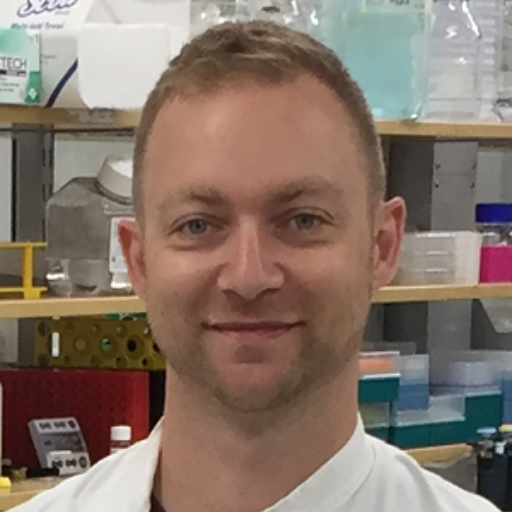Characterization of a Newly Described Scavenger Cell Type in the Meningeal Vasculature

About the Research Project
Program
Award Type
Standard
Award Amount
$295,439
Active Dates
July 01, 2018 - June 30, 2021
Grant ID
A2018807S
Co-Principal Investigator(s)
Neil Bower, PhD, The University of Queensland
Goals
Normal function of the brain vasculature and the clearance of harmful wastes from the brain are central in the progression of Alzheimer’s disease. This project focuses on understanding a cell type that surrounds blood vessels in the brain and actively clears potentially harmful debris and waste. We will determine the role played by this cell type in clearance of wastes in aging brains and the potential role of this cell type in neurodegeneration. We aim to develop a new understanding of how the brain is cleaned, with a hope that manipulating these processes in the future might provide a new strategy to fight disease progression.
Summary
Normal function of the brain vasculature and the clearance of harmful wastes from the brain are central in the progression of Alzheimer’s disease. Yet there is much that we do not yet understand about the control of neurovascular function and its role in the clearance of wastes. We have recently identified and described a type of cell that actively scavenges waste and surrounds blood vessels in the meninges, the outer layers surrounding the vertebrate brain. We made this discovery by examining the developing neurovasculature of larval zebrafish with powerful, live-imaging approaches. This project focuses on understanding and manipulating this newly appreciated cell type in the brains of fish and mammals to explore its potential roles in clearance of wastes.
We will carefully determine the role played by this cell type in clearance of waste in aging brains and the potential role of this cell type in neurodegeneration. For this we will use genetic models that lack this cell type. We will apply cutting edge genomic methodologies with single cell resolution to understand how these cells influence the brain. We will also develop three-dimensional electron microscopy maps of brains to observe cellular changes controlled by these scavenger cells in meninges. We will examine the equivalent cell types in mice with cellular resolution genomics and develop new ways to manipulate their functions in disease settings.
This project aims to develop a new understanding of how the brain is cleaned, with the hope that in the future, it might be possible to manipulate these central mechanisms as a new strategy to fight disease progression.
Grants
Related Grants
Alzheimer's Disease Research
Identifying Women-Specific and Men-Specific Risk Factors for Alzheimer’s Disease
Active Dates
July 01, 2022 - June 30, 2024

Principal Investigator
Gael Chetelat, PhD
Identifying Women-Specific and Men-Specific Risk Factors for Alzheimer’s Disease
Active Dates
July 01, 2022 - June 30, 2024

Principal Investigator
Gael Chetelat, PhD
Alzheimer's Disease Research
Mitochondrial Prodrug to Treat Repeated Mild Traumatic Brain Injury
Active Dates
September 08, 2021 - December 31, 2023

Principal Investigator
Patrick Sullivan, PhD
Mitochondrial Prodrug to Treat Repeated Mild Traumatic Brain Injury
Active Dates
September 08, 2021 - December 31, 2023

Principal Investigator
Patrick Sullivan, PhD
Alzheimer's Disease Research
Advancing the Promising Cerebroprotectant AST-004 to Human Clinical Trials
Active Dates
July 02, 2021 - June 30, 2024

Principal Investigator
William Korinek, PhD
Advancing the Promising Cerebroprotectant AST-004 to Human Clinical Trials
Active Dates
July 02, 2021 - June 30, 2024

Principal Investigator
William Korinek, PhD



